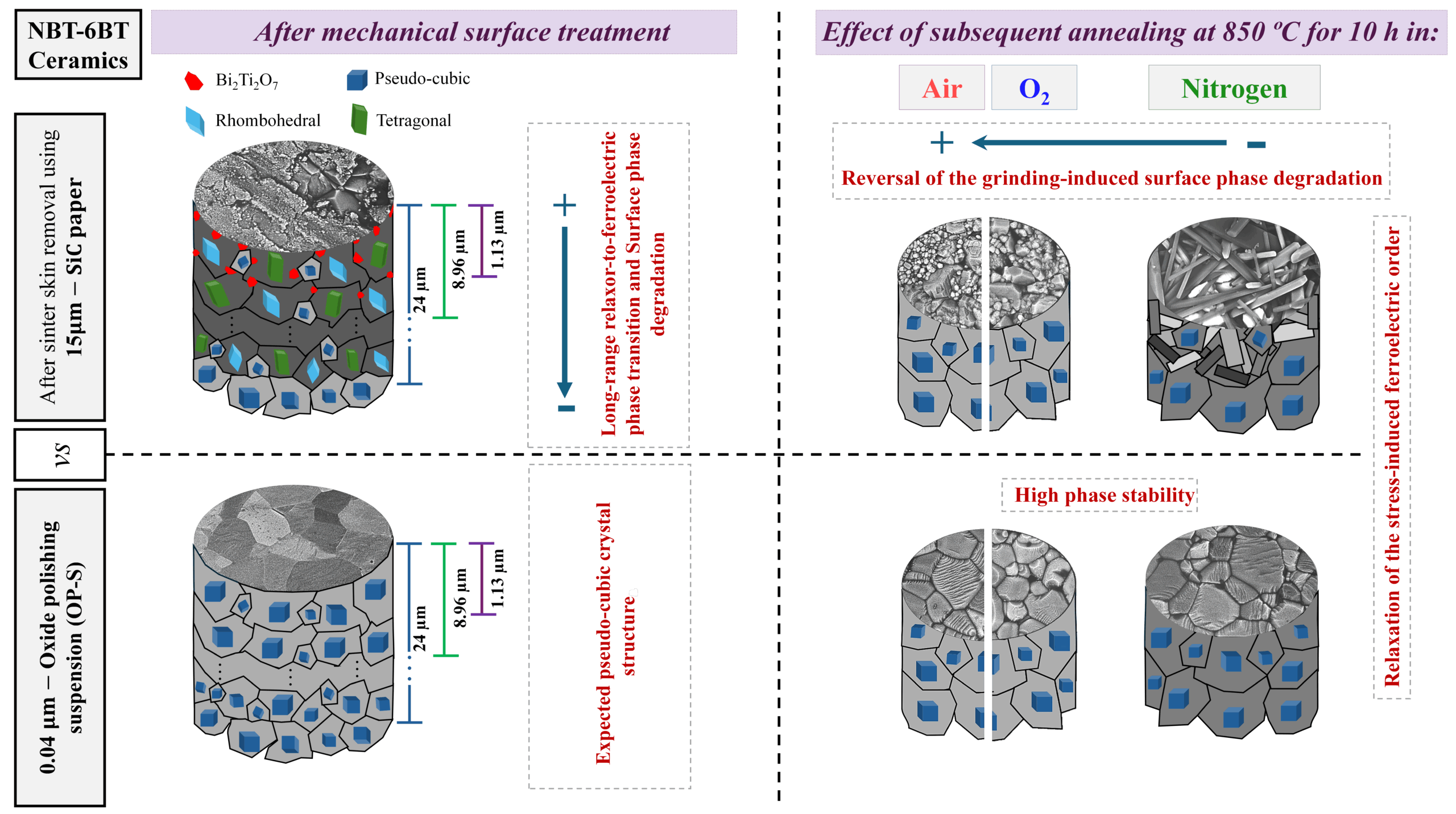
[Image above] Cigarettes may be a physician’s worst nightmare and their butts a plague to environmentalists, but new research shows they can be converted into a material that boosts supercapacitors. Credit: multisanti; Flickr; CC BY 2.0
Smoking is a dirty—and deadly—habit.
I, like 49.9 million(ish) other American adults, am a former smoker. A proud quitter, I can affirm that my smoking days (years) were full of stinky clothes, breath, and hair. Though exercise, chewing gum, and the support of friends and family might have helped me kick the habit, more than 1 billion people worldwide still smoke, and statistics from the World Health Organization show that 6 million more die each year.
But tobacco doesn’t just hurt people—it also harms our environment.
Cigarette butts—some 765,000 metric tons—are tossed just about everywhere. (Keep America Beautiful reports that tobacco products account for 38 percent of all roadway litter in the United States. That’s a whole lot of litter.) If the 600-plus toxic chemicals (including acetone, ammonia, and arsenic) in a cigarette are no good for your body, you can only imagine what 765,000 metric tons of those chemicals are doing to the environment.
But could these killer cancer sticks possibly do some good?
New research from Seoul National University suggests yes.
In findings published in Nanotechnology, scientists report that the discarded filters can be converted into a material that improves the capacity of supercapacitors—and could someday help power your personal electronics or electric vehicle.
“Our study has shown that used cigarette filters can be transformed into a high-performing carbon-based material using a simple one-step process, which simultaneously offers a green solution to meeting the energy demands of society,” says study coauthor Jongheop Yi. “Numerous countries are developing strict regulations to avoid the trillions of toxic and non-biodegradable used cigarette filters that are disposed of into the environment each year; our method is just one way of achieving this.”
Yi and his fellow researchers used a one-step burning method to prepare the nitrogen doped meso-/microporous hybrid carbon material (NCF) from the cellulose acetate fibers contained in a used cigarette filter. This one-step method—pyrolysis—creates tiny pores that provide “a favorable pathway for electrolyte permeation and contact probability, resulting in the extended rate capability for the supercapacitor.”
To test that capability, the team coated an electrode with the material to measure how well it could adsorb and release electrolyte ions within a three electrode system.
According to researchers, the material stored more electrical energy than supermaterial graphene, high-capacity carbon nanotubes, and the commercially available carbon used in most supercapacitors.
They’re hopeful that the work could not only produce more powerful energy storage but also curb the butts’ impact on the environment.
To read the research in full, download the paper, “Preparation of energy storage material derived from a used cigarette filter for a supercapacitor electrode” (DOI: 10.1088/0957-4484/25/34/345601).
What do you think? When it comes to cigarette butts and urine, which holds more promise for future energy applications? (For some additional reading, check out new research that shows hemp fibers, too, pack more power than graphene.)
Author
Jessica McMathis
CTT Categories
- Basic Science
- Electronics
- Energy
- Material Innovations


